This site may contain affiliate links, view the Disclaimer for more information.
Are you feeling overwhelmed by the clutter in your home? This post will give you insight on how to declutter your home starting today.
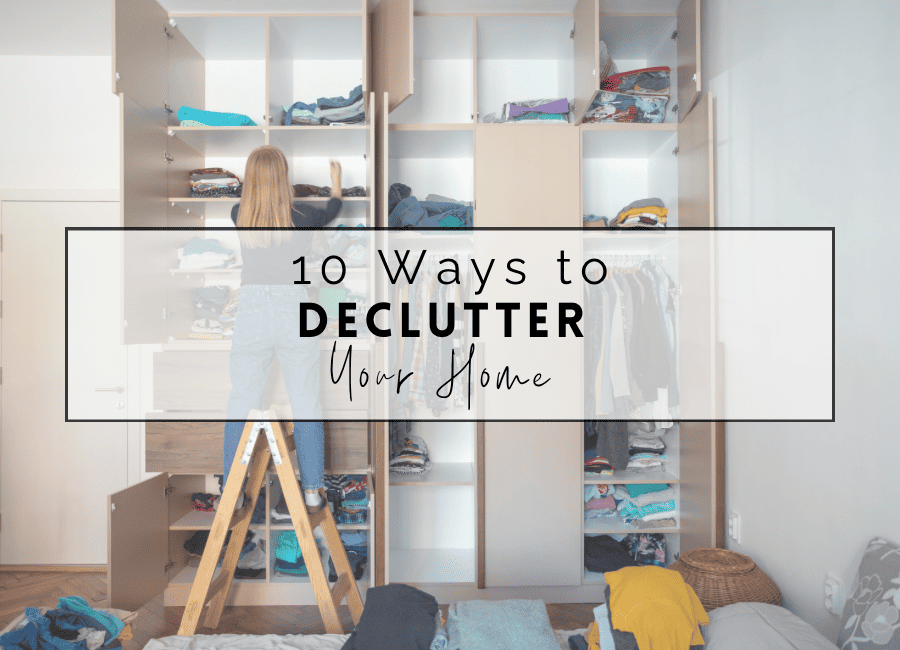
In order to declutter, you must first understand what clutter is and what does that do to our well-being. Clutter (according to the Oxford Dictionary) means a crowd (something) untidily; filled with clutter. Or a collection of things lying in an untidy mess.
In other words, belongings just lying around with no rhyme or reason or home. There is even such a thing as “neat” clutter. Where you have things that no longer serve you or aren’t functional where it’s located but organized.
What does clutter have to do with our well-being? In recent studies, according to psychologists, clutter can cause added stress and anxiety. Which can harm your mental state and your productivity levels.
Which could potentially cause a cycle that would be hard to break free of. How can you begin to tackle the clutter if the clutter is causing stress and decreasing productivity levels?
Well, this post is all about the 10 ways to declutter your home. Let’s get to some of these decluttering ideas.
1. Be Efficient and Intentional With Your Time
One of the biggest barriers to trying to declutter and organize your home is the fact that you have a life. You have kids, bills, a career, etc. You don’t have hours upon hours to dedicate to cleaning out massive sections of your home.
However, what you do have is small pockets of time. You have maybe 5-10 minutes here. Maybe even 30 minutes to dedicate to declutter clothes that are just sitting in your closet.
Set aside no more than an hour a day to declutter one section at a time. Don’t worry how long it’ll take you to declutter your home. It’s a marathon, not a sprint.
2. Declutter Your Home one Section at a Time
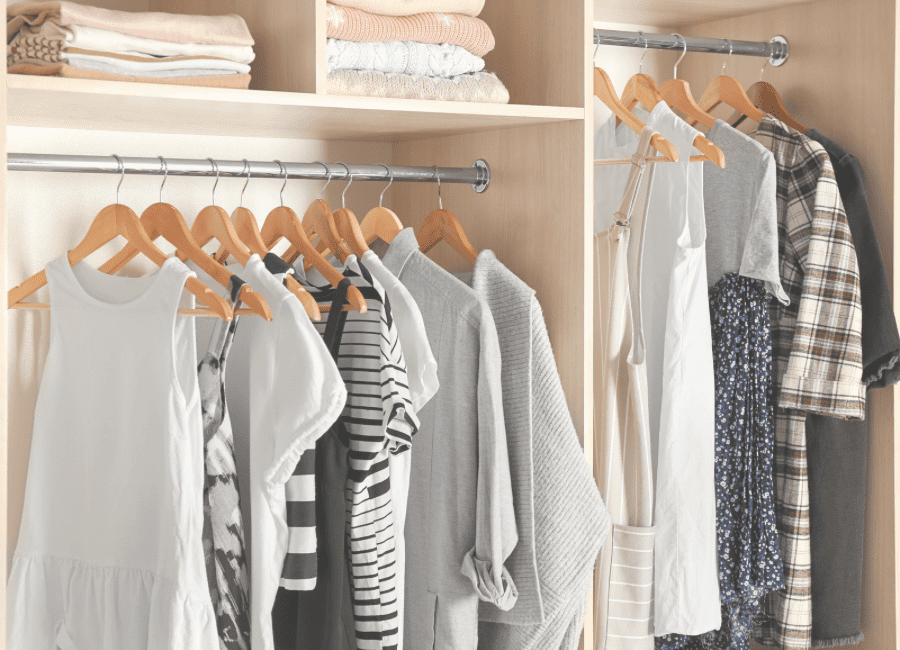
Most people try to bite off more than they can chew. They empty every drawer and cabinet they can find and find they’ve made a bigger mess. Starting small may be one of the top decluttering tips.
You’ll give up before you actually start because it’s overwhelming. How do you eat an elephant? One bite at a time. Start with small, manageable sections of your home.
Tackle your closet first and then move to your dresser. And repeat the cycle. You’ll find it easier to stay motivated to continue.
3. Have a Donate, Keep, and Maybe Pile (Set an expiry date)
Once you find the time and section you want to work on, you’ll need piles to help you stay organized. You’ll want a donate pile for items you are feeling 100% good about giving away. A keep pile to reorganize when you are done and a maybe pile if you’re feeling unsure about its status.
However, your maybe pile should have no more than 6-12 months of taking up space. After 6-12 months have passed decide whether to keep it or donate it. A good rule of thumb is whether or not you used or thought about the item. If the answer is no to either one of those questions; it’s time to donate.
Also, within your maybe pile decide if you can fix/mend anything before tossing it since it may not be in a state to give away. Recycle what’s left and put up any leftover items in their correct “homes”.
4. Create a Declutter Checklist
Creating a declutter checklist will allow you to prioritize what areas and what to clean within those areas. Allowing you to also be efficient with your time and space dedicated to this task.
Break down the areas that need to be tackled and then further break down those areas. Creating a declutter checklist helps take the overwhelm and stress out; giving you a clear head and a solid starting point.
5. Have a declutter challenge
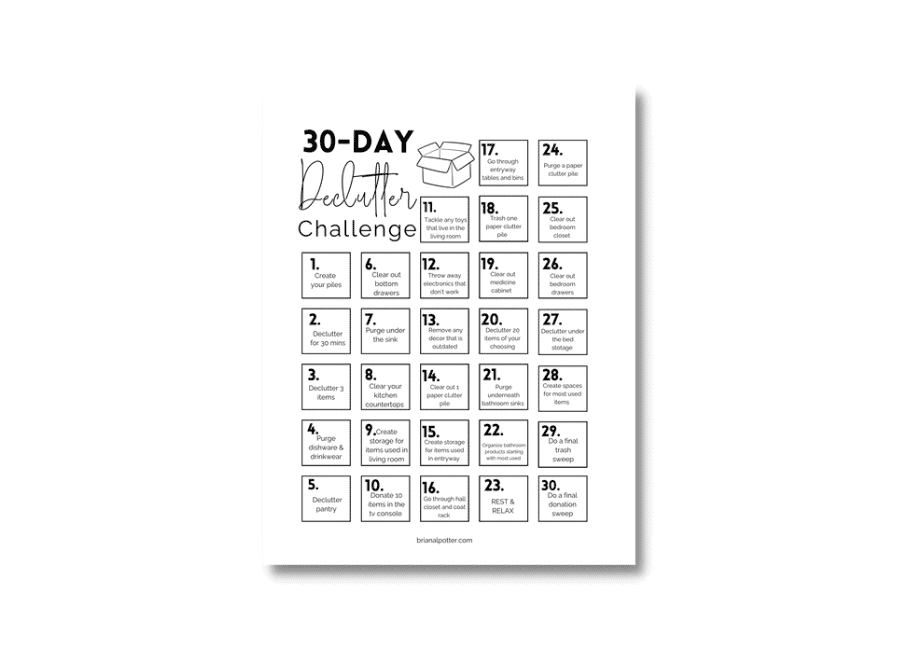
Having a little bit of a challenge creates goals to strive for. Goals force you to see the challenges through and to have a little bit of fun along the way.
Set challenges of having completed certain areas by a certain date. Or have a goal to declutter ten items in one hour.
Reward yourself each time you complete a task to help keep the momentum going. Before you know it, you’ve completed more than you realized.
Now that we have our plies, checklist, and goals it’s time to tackle the main areas of the home.
6. Living Room
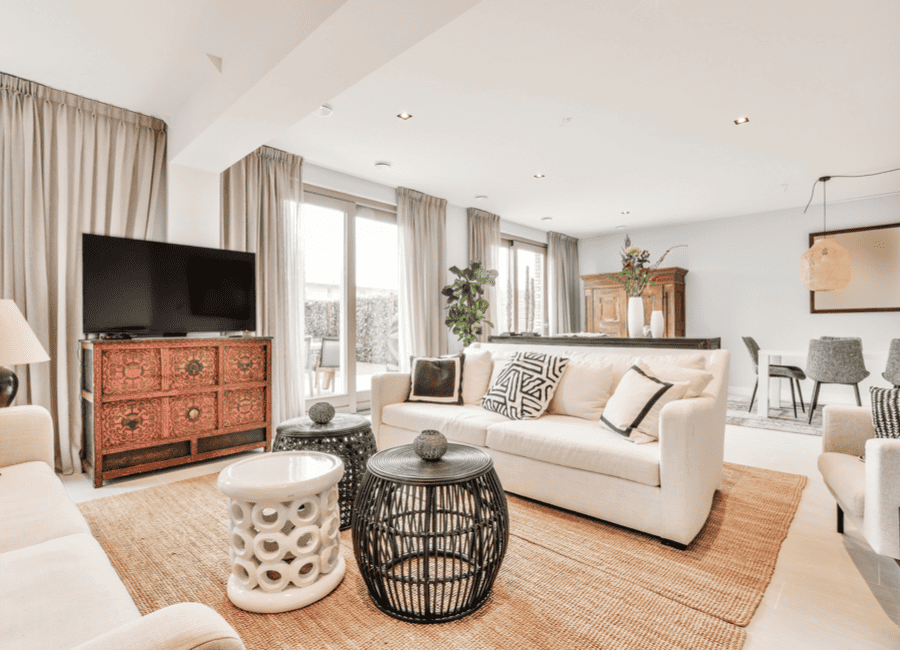
I would make a bet that this is everyone’s pain point (that and their bedrooms) because this area gets the most traction. Thus, making it one of the hardest areas to clean and keep clean. They typically don’t have a lot of storage space leaving a lot of your belongings out.
- Declutter this area frequently
- Create permanent storage on heavily used items such as remotes, game controllers, tablets, etc.
Start with your TV console and closed drawers; empty the contents and start separating them. Donate, Keep, and Maybe. Continue emptying little by little until you reach your open spaces/shelves and electronics. Throw away anything that does not work, remove any decor that does not spark joy, and fold any blankets.
Get your children involved and tackle the toys in the living area. Do they still like the toy? Does it work? Are there any signs of wear and tear? Throw away anything that is unsafe to play with and donate anything they have outgrown.
Reduce and recycle paper clutter, glass, or electronics that are no longer needed. Grab your keep pile and distribute the items in their proper homes.
7. Entryway, Mudroom, and Foyer
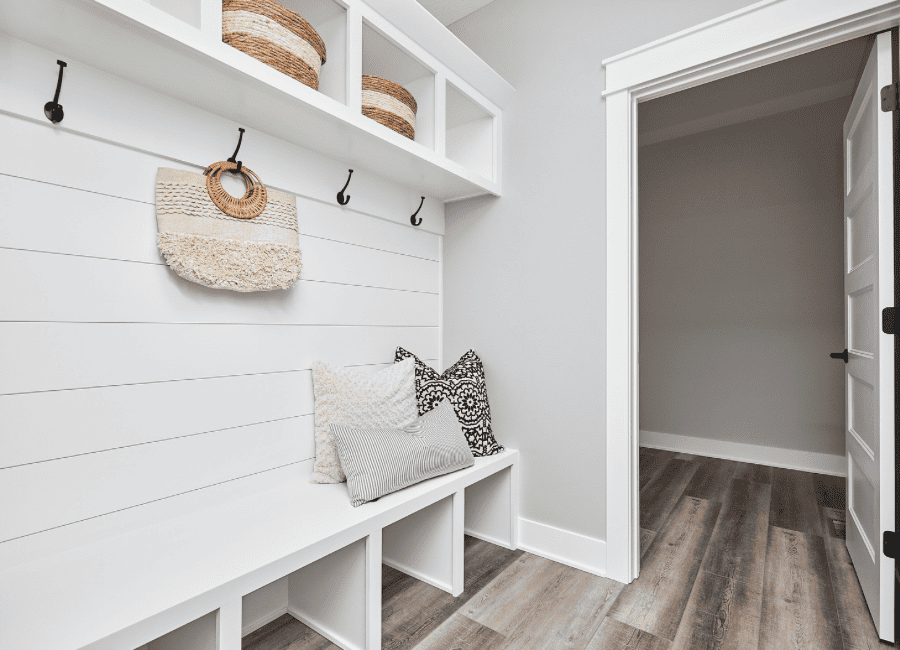
The entryway, mudroom, or foyer no matter how small should be kept as tidy as possible to keep it functional. Start with any desk, console, or side tables. Go through each drawer, removing what’s inside, and making quick judgments to keep, too, or trash.
Go through the tops of each desk or table making the same judgements. Do you have space for everyone’s keys and incoming mail? Make sure you have a clear and accessible space for those items to make leaving the house that much quicker.
This is also the time to declutter any closets, coat racks, and shoe racks that may be visible. Keep the most used and reached for in this area. The entryway is usually a catch-all spot from other areas of the home. Spend a few extra minutes each day putting things from other rooms back into their respective homes.
8. Kitchen
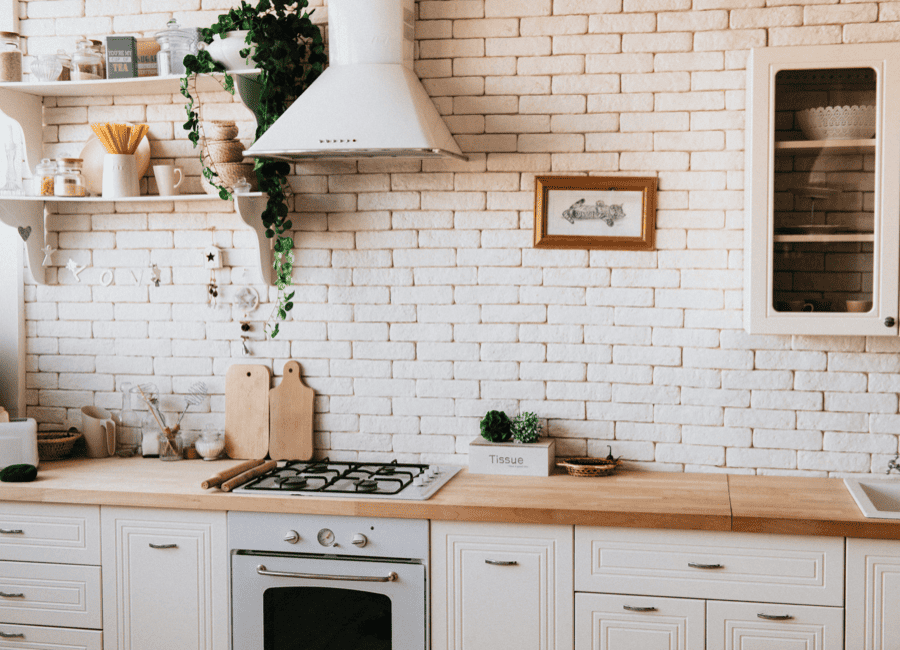
The kitchen. Maybe one of the happier places in the home. A place for eating, cooking, and socializing. Because of that, it’s usually hard to keep this area clutter-free. The kitchen usually has a variety of dishes, towels, and utensils hidden within the cabinets and drawers.
There are two ways to tackle the kitchen:
- Clearing the clutter in zones
- Tackling the mess by categories such as glassware, bakeware, eating utensils, etc.
However you decide to tackle the mess, you’ll start by clearing out each space. Tackle the upper storage areas and pantry first then move to your lower cabinets, drawers, and underneath the sink.
Once, you’ve decluttered the hidden areas of your kitchen move on to your countertops. Remove as many items as you can only keeping what you reach for every single day. Finally, take everything that doesn’t belong in the kitchen and put it in its respective homes.
9. Bedroom
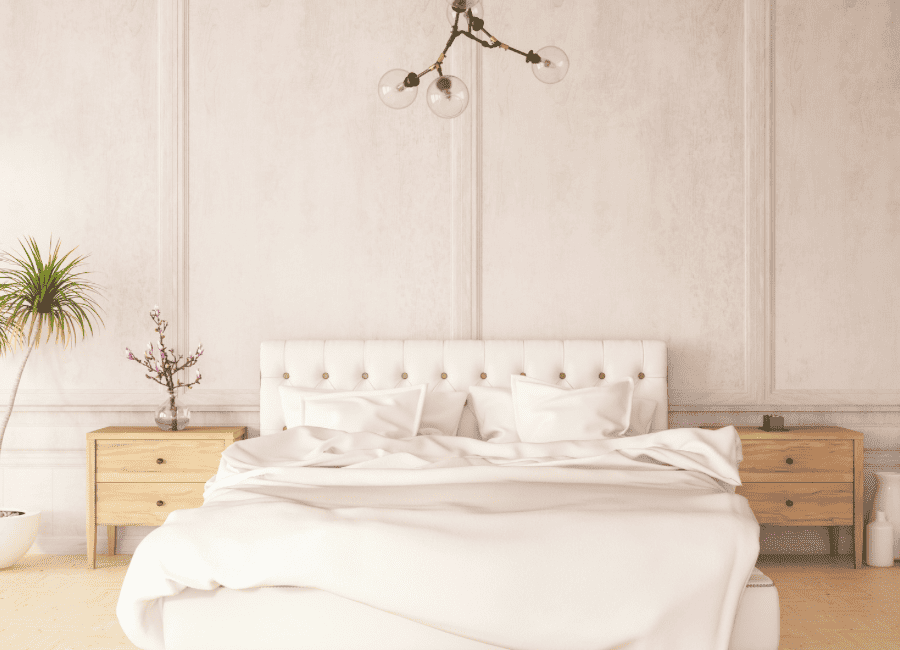
Here’s another area that gets a lot of attention. This is where you sleep, get ready, and relax. However, there’s not a lot of relaxing when there’s clutter everywhere you look. This is another area that should be:
- Decluttered frequently
- Have permanent storage areas for heavily used items
Start your decluttering by washing and then making your bed. There is something motivating about starting with a clean, fresh bed. Next, pull everything out of your closet space. Shoes, jackets, out-of-season clothing, clothing before babies; you name it, it is coming out.
Ask yourself these series of questions:
- Does it still fit?
- Does it make me happy?
- Will it fit a year from now?
- Does it flatter my current shape?
Asking yourself these series of questions allows you to evaluate what’s important to you and what you have been avoiding doing. One way to seriously cut down on the clutter is to create a capsule wardrobe. A capsule wardrobe is a small collection of clothes and shoes that can be mixed and matched in multiple combinations.
The goal is to have an outfit suitable for any occasion without owning excessive amounts of clothing. Making future decluttering easier.
Once your closet has been decluttered, move on to your dressers, electronics, and any under-the-bed storage you may have. Reduce any paper clutter, put away important or legal papers in a safe/lockbox, and take anything in your keep pile to its designated home.
10. Bathroom
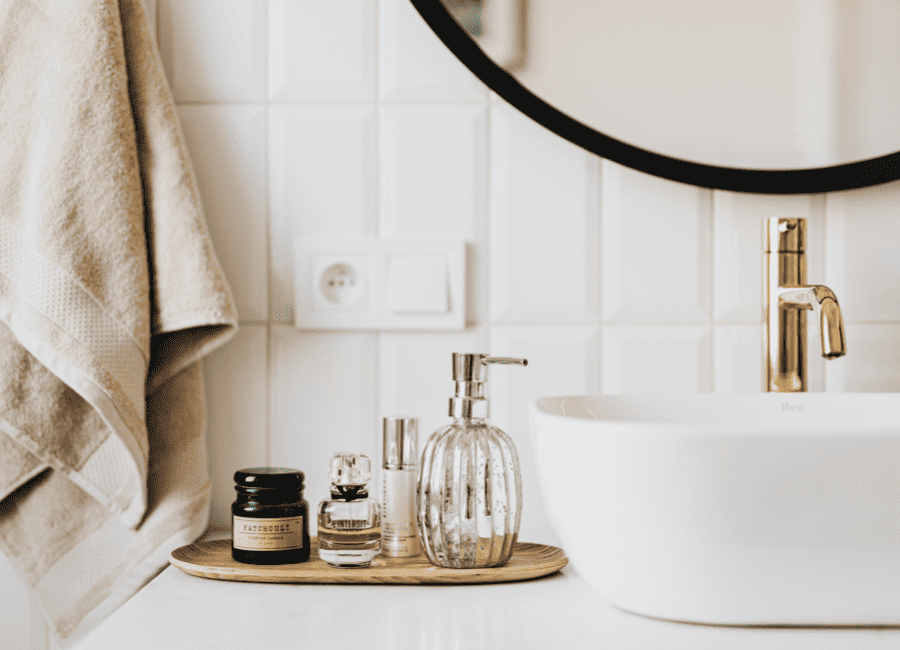
Start your decluttering process with your medicine cabinet. Clear out expired/outdated makeup, skincare products, and medicine. Immediately, put what you’re keeping back in the cabinet, storing what you use often at eye level.
Next, clear out any cabinet drawers and do a quick evaluation of keeping, donating, and trashing. Put everything you are keeping back into the cabinets/drawers with the most used products in the top drawers.
Repeat the same process with your bath products around your shower/tub. Finally, pull everything from out your bathroom sink(s) and declutter the items in there.
Take everything that did not have a home in your bathroom and make a final judgment of what you are keeping and tossing. Place everything else in its respective homes.
Don’t treat your home like an episode of Storage Wars. Your home should bring calmness, a sense of peace from the chaotic world. To declutter your home is an act of love for yourself and your family. These 10 simple to declutter your home will do just that.



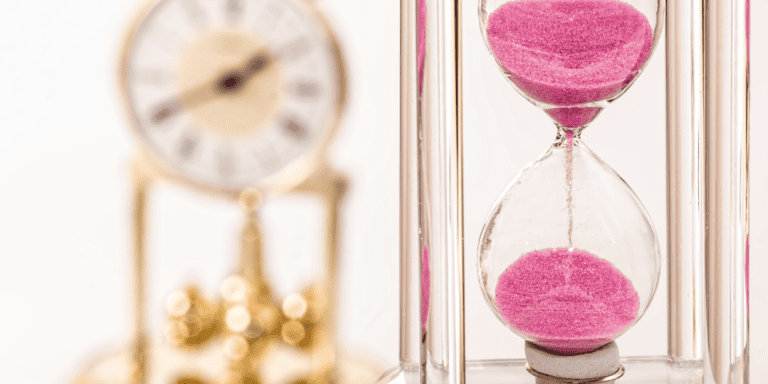
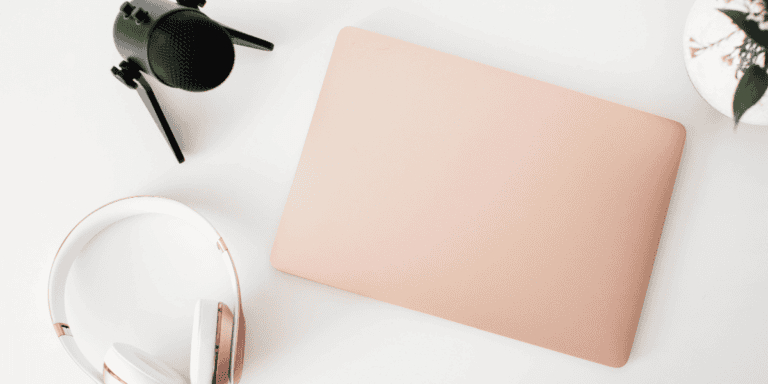
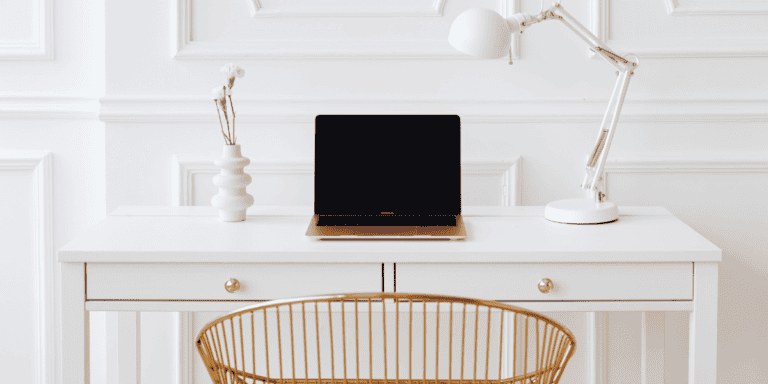
One Comment
Comments are closed.